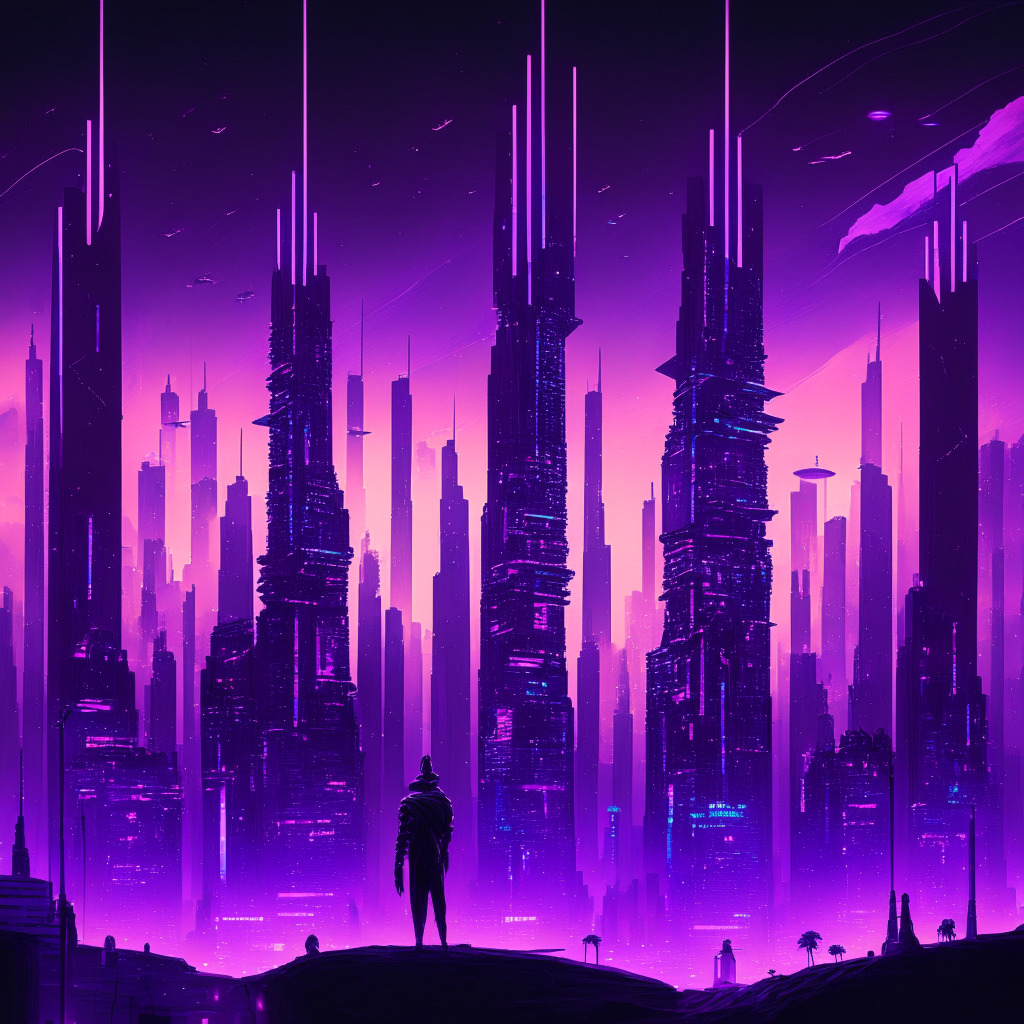As the AI market continues to surge, AI chatbots are strengthening the global business landscape, with projections suggesting that it could be worth a staggering $267 billion by 2027. The undercurrent of this growth lies in three major AI chatbot platforms: Google BARD, ChatGPT, and Ernie, each with their own strengths and challenges propelling them forward.
Google BARD, a notable advancement in making worldwide information easily accessible, uses Google’s advanced Language Model for Dialogue Applications (LaMDA). LaMDA is built over Google’s trailblazing Transformer neural network architecture, allowing BARD to form conversational agents that can understand and respond to human as well as developer languages in a robust and nuanced style.
On the other hand, ChatGPT operates like Google Search, with a data collecting phase for pre-training and an inference phase for user or Web3 developer interactions. Its scalability during the pre-training stage gives ChatGPT an edge in the Web3 development panorama.
Unlike its competitors, Chinese tech giant Baidu launched Ernie, an AI model that fuses external data sources to augment its language dexterity. Ernie’s deep neural network architecture and its alliance with a large knowledge graph empower it to infer the nuances of language, making it highly beneficial for Web3, where natural language processing (NLP) becomes paramount in decentralized applications and smart contracts. However, Ernie’s primary training focus on Chinese data may impeded its performance in other languages.
Interestingly, AI chatbots like Alexa and Hubspot are facilitating Web3 development, with their ability to engage in dynamic conversations and provide customer support. Although each model has its proficiencies and drawbacks, currently, Ernie seems to lag behind ChatGPT and Google BARD, particularly in processing languages other than Chinese.
Besides, for Web3 development companies, proficiency in natural language processing and AI chatbot development is a key requisite. Continuous research and development can enhance the attributes of AI chatbots with different Web3 database training models, making chatbots crucial for Web3 development and inducing increased adoption and engagement in the Web3 space.
The key element to cite is that while ChatGPT and Google BARD have been quite robust, Ernie is still at the periphery of Web3 development. Improvements are necessary in Ernie’s ability to interpret the unique languages and coding terminologies for dApp and other Web3 software developments. Another sphere of advancement needed is its capability to manage multilingual interactions as its training is heavily based on the Chinese language.
Regardless of these challenges, the rise of AI chatbots promises an exciting future, redefining the way we perceive and interact with the digital world. Their increasing influence on Web3 development is not just reshaping the present but is signposting the direction of our digital future.
Source: Cointelegraph




